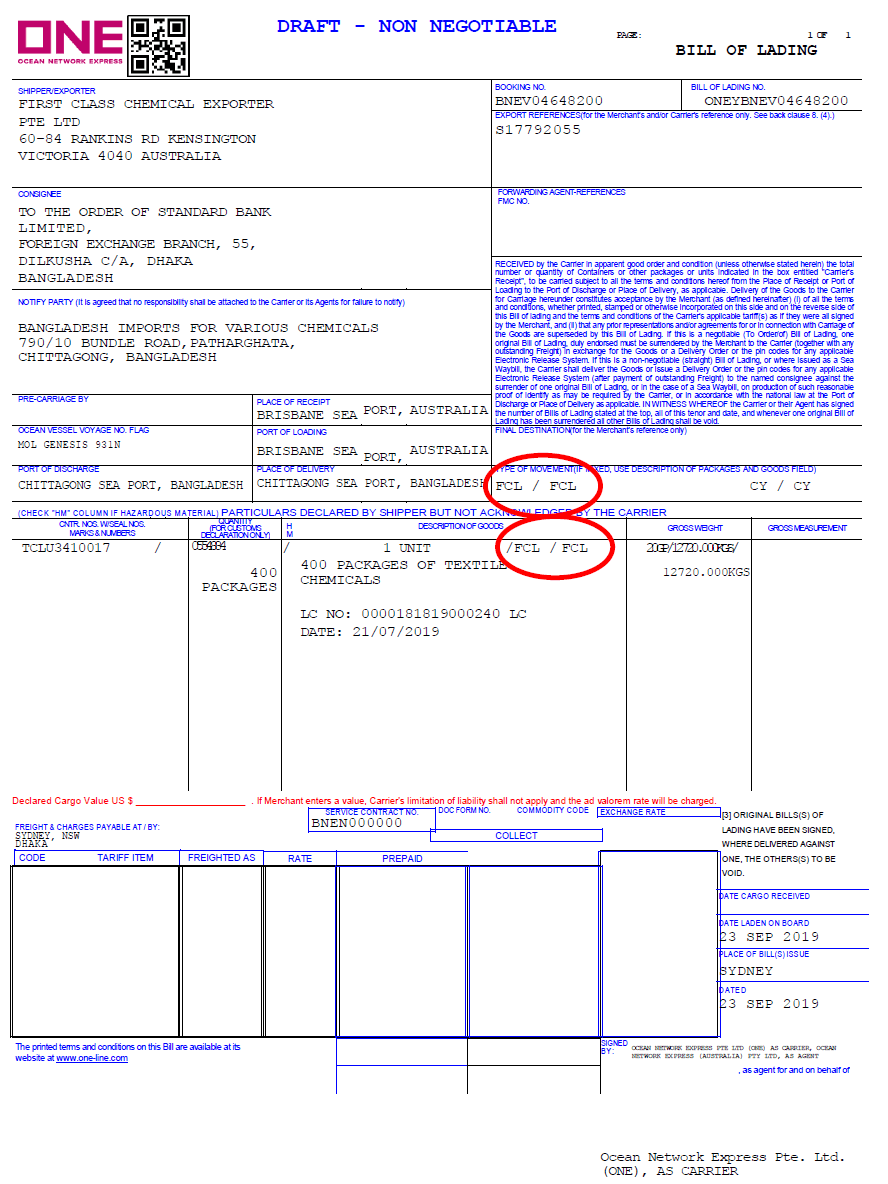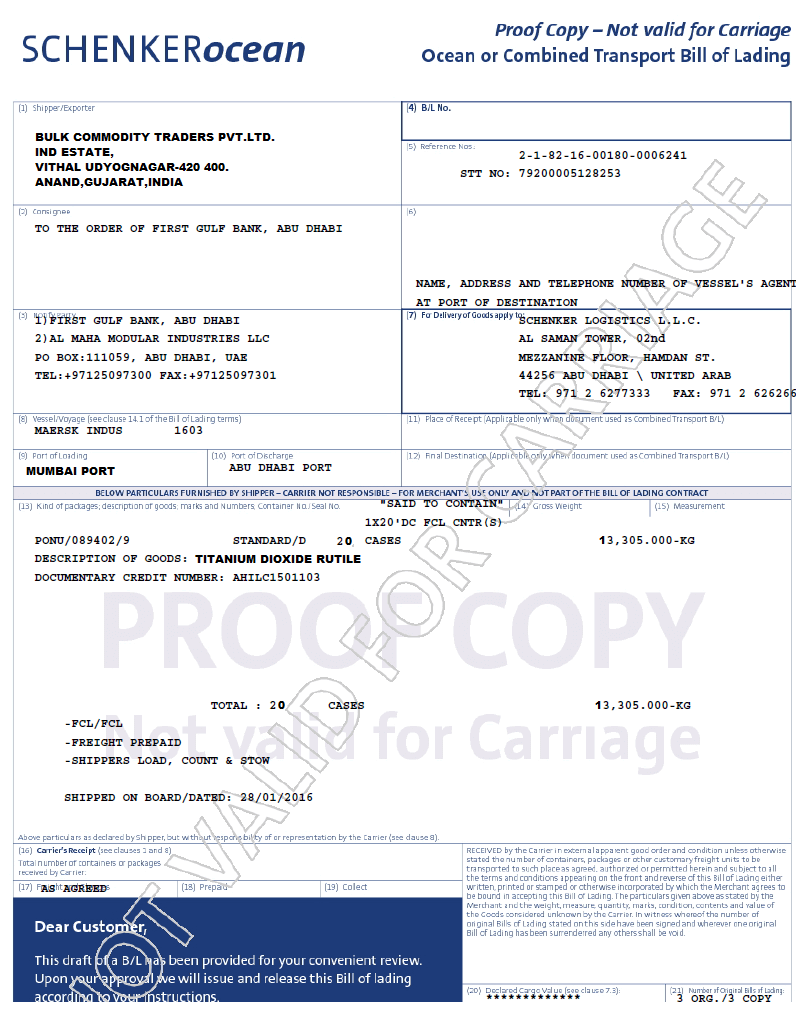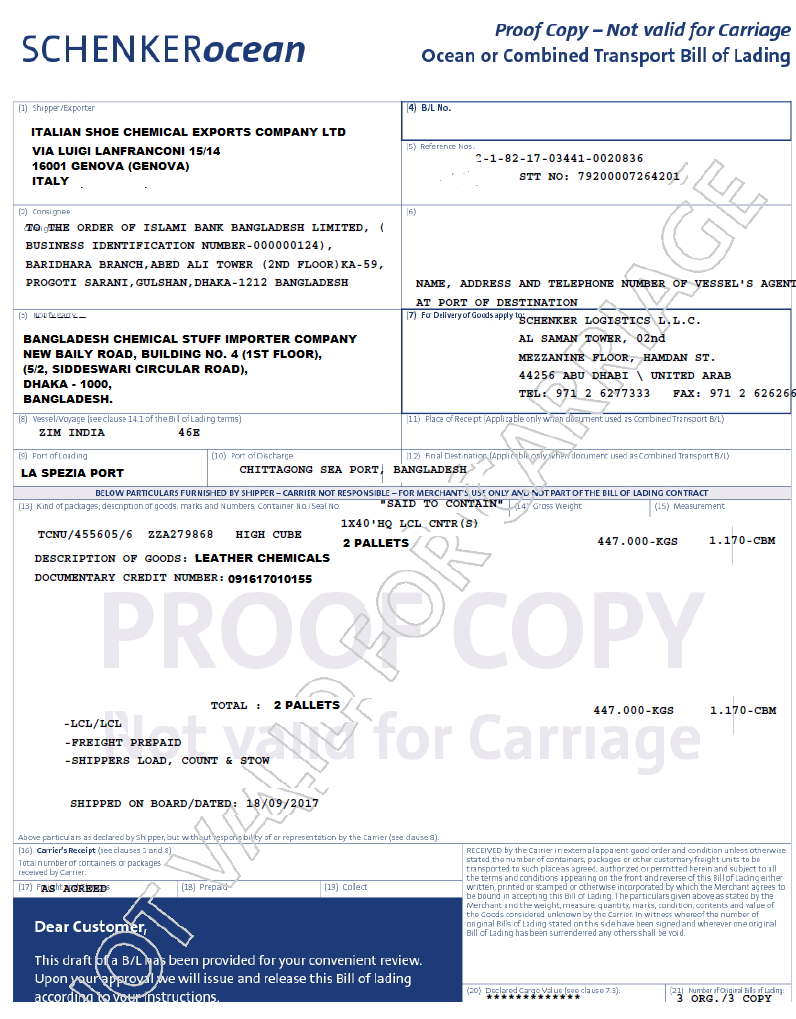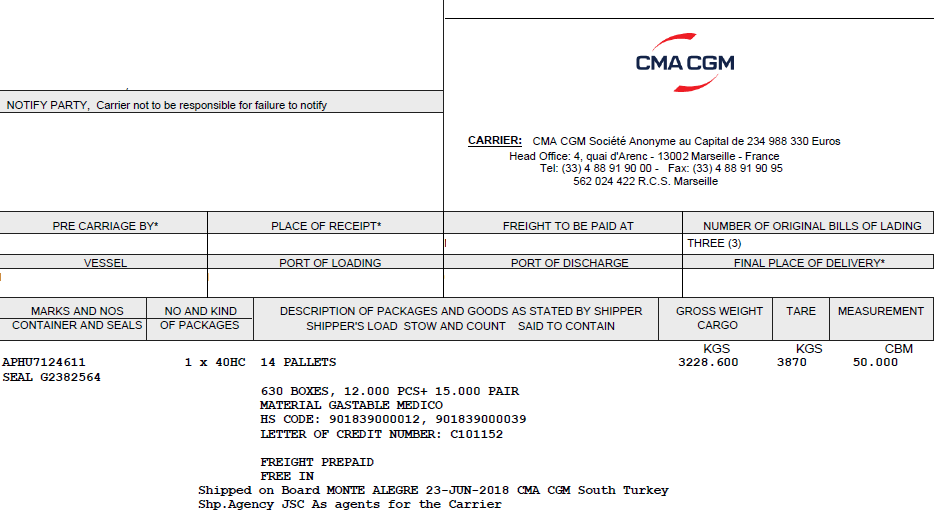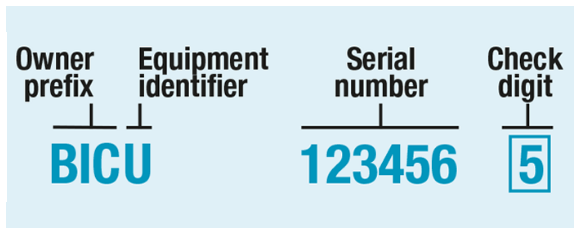Full Container Load (FCL) refers to a single container or multiple containers are booked by a shipper to transport their cargo exclusively under a bill of lading.(1)
Less than Container Load (LCL) refers to cargoes owned by different shippers, grouped in a single container by the forwarding agent, allowing transportation of smaller volumes of cargo without paying for a full container; this is more cost effective for smaller shipments which cannot utilize a full container.(2)
In real world not all containerized goods are transported either by LCL/LCL or FCL/FCL basis, but in mixed options as well such as LCL/FCL or FCL/LCL.
On this page, I am going to explain FCL/LCL shipments.
FCL/LCL is an international shipping term, that is used when single shipper dispatches goods under FCL terms for multiple consignees.
A freight forwarder ships the cargo as a full container load at the export leg, but the cargo will be deconsolidated at the import leg and delivered to more than one consignees.
FCL/LCL Shipment Example:
An exporter in Italy sells leather bags to UAE. The exporter works with couple of importers in UAE.
The Italian exporter signs following proforma invoices with two UAE importers as follow:
- Proforma Invoice 1: 10 Euro pallets of leather bags with importer 1.
- Proforma Invoice 2: 14 Euro pallets of leather bags with importer 2.
The goods are sold on CFR Jebel Ali Port, Duba, UAE and shipment will be completed with a 40ft High Cube container.
40ft High Cube Container holds 24 Euro pallets.
Italian exporter completes the production and books a full 40ft High Cube container with his freight forwarder.Because goods are cleared by two different importers, Italian exporter prepares two sets of documents including bills of lading, certificates of origin, commercial invoices and packing lists.
The importers get in touch with the freight forwarders agent in Dubai and clears the goods with corresponding document sets that they have received from the Italian exporter.
References:
- 1-2) LCL or FCL – Which Is Best For My Business?, Tuscor Lloyds,

